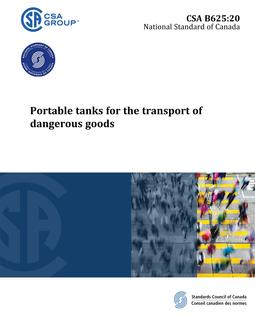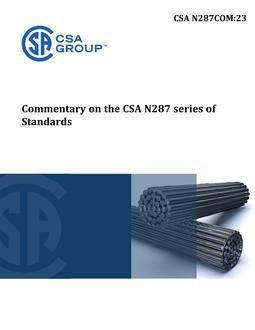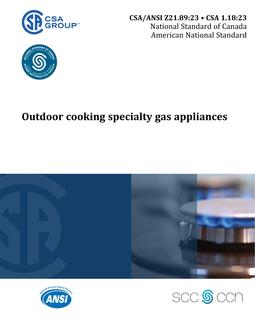
CSA B625:20
- Comments Off on CSA B625:20
- CSA
Click here to purchase
Preface:
This is the third edition of CSA B625, Portable tanks for the transport of dangerous goods. It supersedes the previous editions, published in 2013 and 2008.
This Standard is one of a series of Standards prepared for use in conjunction with the Transportation of Dangerous Goods Regulations, which adopt this Standard by reference. Because the Regulations may adopt this Standard with certain exceptions or additional requirements, they should always be consulted in conjunction with this Standard.
Scope:
1.1
This Standard applies to the design and manufacture of UN portable tanks and their approval by the Competent Authority of Canada. Such UN portable tanks have a capacity greater than 450 L and might or might not meet the definition of “container” within the terms of the International Maritime Organization’s International Convention for Safe Containers, 1972.
In addition to the provisions of this Standard, unless otherwise specified, the applicable provisions of the International Convention for Safe Containers, 1972 would apply to any portable tank which meets the definition of a “container” within the terms of that Convention.
* Additional provisions might apply to offshore portable tanks that are handled in open seas.
The International Convention for Safe Containers does not apply to offshore tank containers that are handled in open seas. The design and testing of offshore tank containers takes into account the dynamic lifting and impact forces that might occur when a tank is handled in open seas in adverse weather and sea conditions. The provisions for such tanks are determined by the approving competent authority.
This Standard also applies to the selection, use, inspection, testing, and repair of UN portable tanks, as well as IMO-type portable tanks (IMO-type 1, 2, 5, or 7 tanks), and IM 101 and IM 102 portable tanks, for handling, offering for transport, or transport of dangerous goods in Canada, whether or not they meet the definition of “container” within the terms of the International Convention for Safe Containers, 1972.
* In Canada, the Safe Containers Convention Act and the Safe Containers Convention Regulations have been adopted to give effect to the provisions of the Convention.
1.2
The testing and evaluation of a product in accordance with this Standard can involve the use of processes, materials, and/or equipment that can be hazardous. This Standard does not address the occupational health and safety aspects associated with its use. Anyone using this Standard has the responsibility to consult the appropriate authorities and establish appropriate health and safety practices in conjunction with any applicable regulatory requirements.
1.3
The Transportation of Dangerous Goods Act, 1992, and the Transportation of Dangerous Goods Regulations might set out requirements that are additional to or different from those in this Standard. Where there is an inconsistency between the requirements of this Standard and those of the Act or Regulations, the Act or Regulations takes precedence to the extent of the inconsistency.
1.4
This Standard sets out certain minimum requirements regarding the design, construction, testing, selection, and use of portable tanks. It is essential to exercise competent judgment in conjunction with this Standard. In some circumstances, it is necessary to exceed the minimum requirements of this Standard so that adequate public safety is achieved.
1.5
In this Standard, “shall” is used to express a requirement, i.e., a provision that the user is obliged to satisfy in order to comply with the Standard; “should” is used to express a recommendation or that which is advised but not required; and “may” is used to express an option or that which is permissible within the limits of the Standard. Notes accompanying clauses do not include requirements or alternative requirements; the purpose of a note accompanying a clause is to separate from the text explanatory or informative material. Notes to tables and figures are considered part of the table or figure and may be written as requirements. Annexes are designated normative (mandatory) or informative (non-mandatory) to define their application.
Product Details
- Edition:
- 3rd
- Published:
- 03/01/2020
- ISBN(s):
- 9781488319358
- Number of Pages:
- 184
- File Size:
- 1 file , 2.5 MB
- Product Code(s):
- 2426851, 2426768, 2426851



